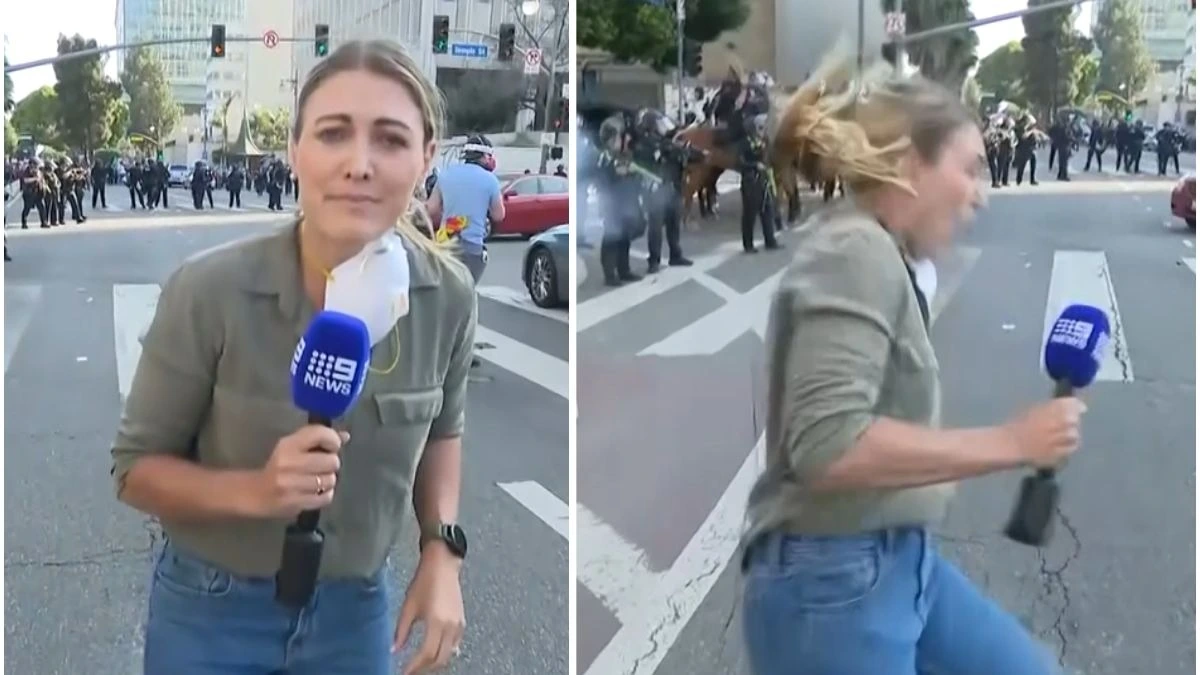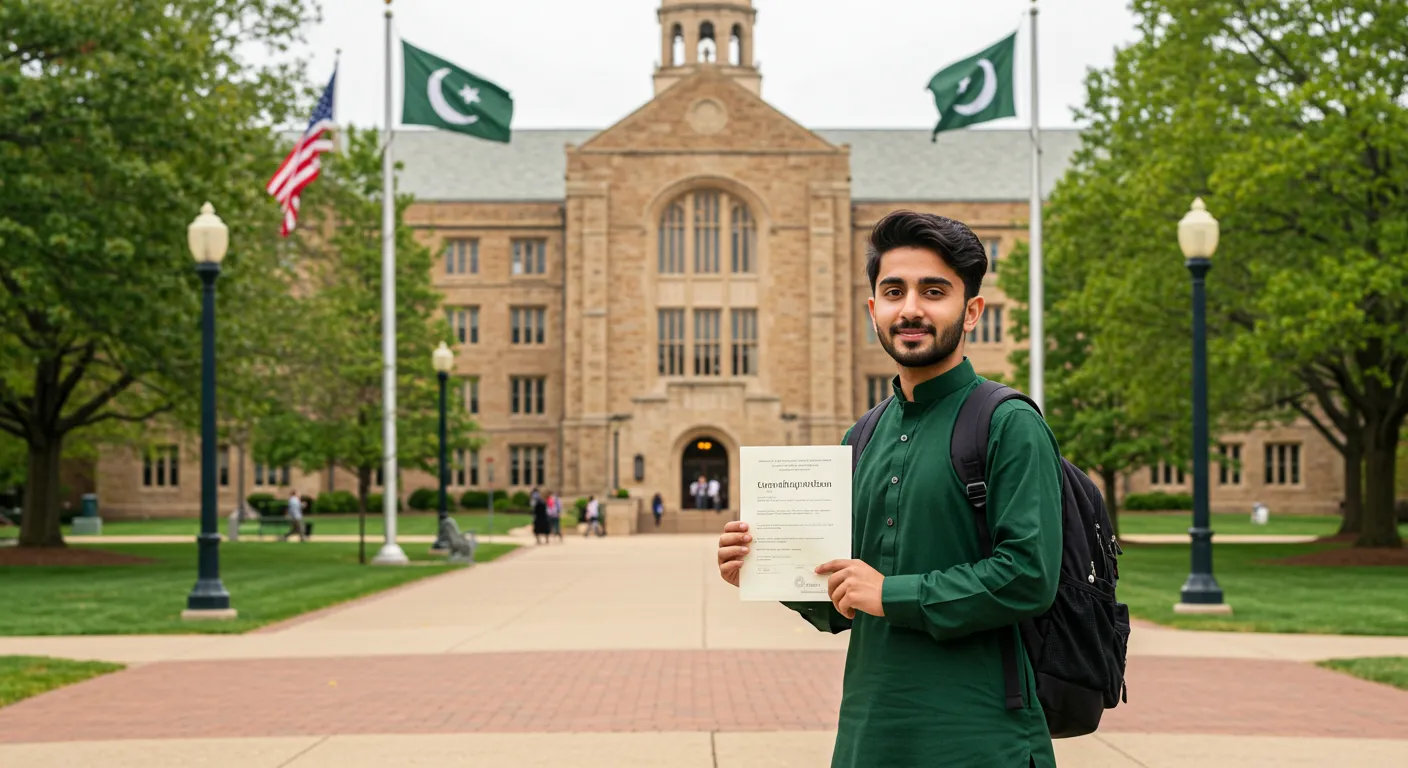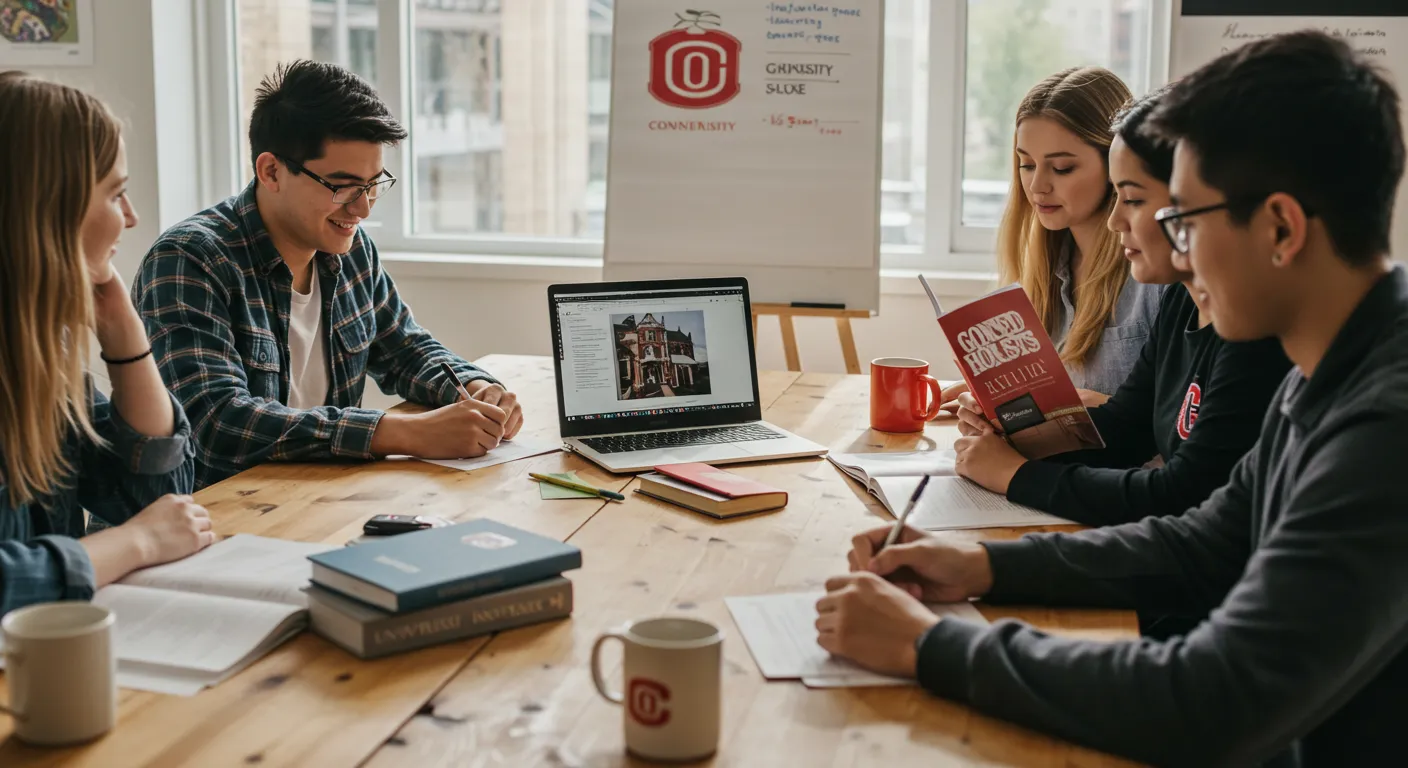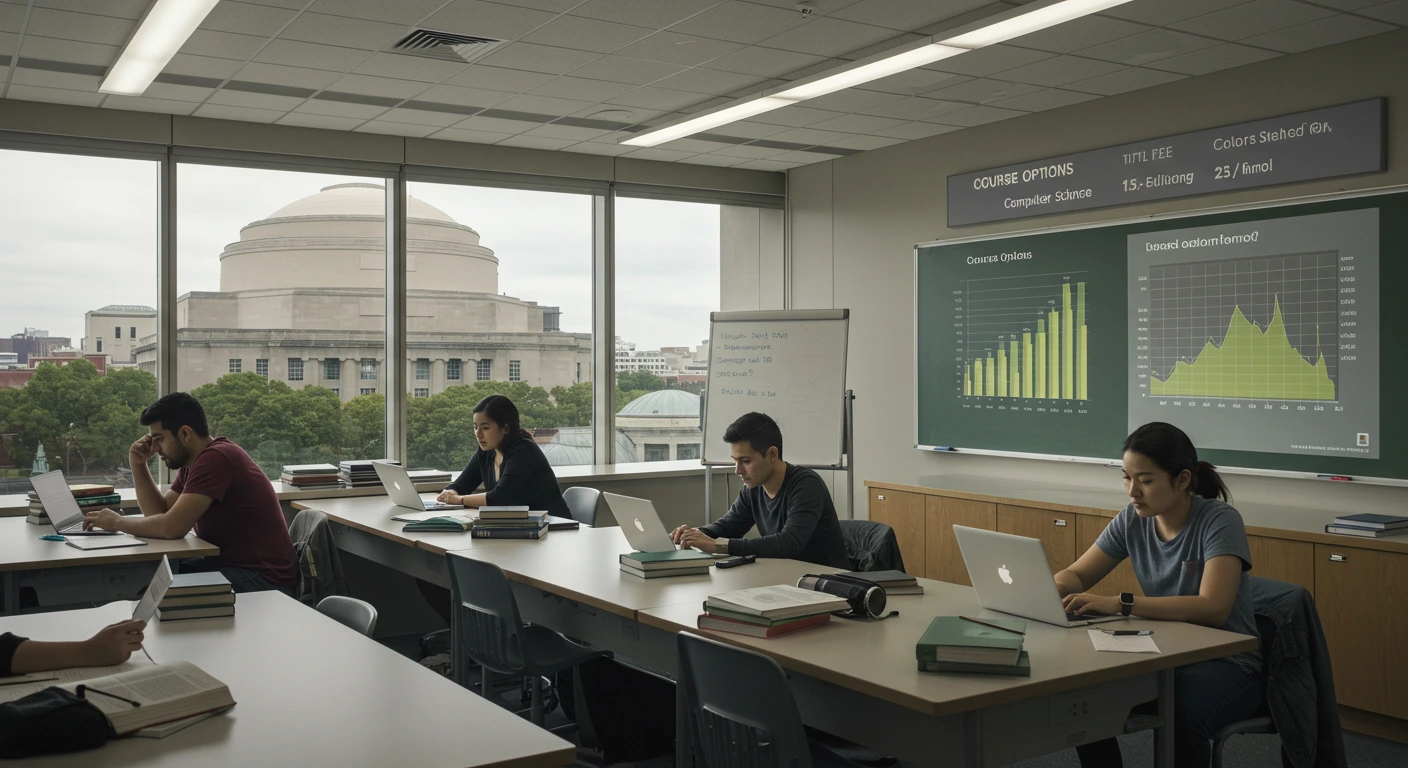Los Angeles, CA (June 2025) – In a shocking turn of events, Australian journalist Lauren Tomasi, a U.S. correspondent for Nine News, was struck in the leg by a rubber bullet fired by law enforcement while covering anti‑ICE protests in downtown Los Angeles. The incident, captured live on air, highlights a growing risk to media professionals at protest sites and has triggered worldwide debate on journalist safety and freedom of the press.
What happened?
During a live broadcast on June 8, 2025, Tomasi was reporting outside the Metropolitan Detention Centre when, in a tense moment, an LAPD officer raised and fired a non‑lethal round in her direction. The projectile hit her lower right leg at close range. Video footage shows Tomasi cry out and immediately clutch her leg before being led away by her cameraman. Tomasi confirmed she is “a bit sore” but otherwise fine.
Reaction in Australia and Beyond
-
Prime Minister Anthony Albanese described the footage as “horrific” and stated it was “not acceptable,” adding that the Australian government has formally raised the concern with U.S. authorities.
-
The Department of Foreign Affairs and Trade reiterated that “all journalists should be able to do their work safely”
-
Press freedom groups, including Reporters Without Borders and the Committee to Protect Journalists, highlighted that Tomasi’s case is part of a disturbing trend—over 35 attacks on journalists by law enforcement during these protests, with 30 non‑lethal rounds fired
-
Local and international media organizations called for stricter safety protocols and accountability measures, as journalists risk becoming targets during crowd control operations.
The Bigger Picture of Journalist Danger
Tomasi’s experience isn’t isolated:
| Journalist | News Outlet | Injury Type | Situation |
|---|---|---|---|
| Lauren Day | ABC | Pepper pellets, tear gas | Hit July 10 while covering LA immigration protests |
| Livia Albeck‑Ripka | The New York Times | Rubber bullet to torso | Hit June 8, with bruise below the ribs |
| Nick Stern | Freelance/BBC | Plastic bullet to leg | Required surgery after being struck |
| Toby Canham | New York Post | Rubber bullet to face | Struck in forehead June 9 |
| Ryanne Mena & Sean Beckner‑C. | LA Daily News | Non‑lethal rounds | Wounded June 10 at protest lines |
This pattern has prompted serious scrutiny from both national and international press rights advocates, calling for robust action to protect journalists on the frontlines.
Why this matters
-
Threat to Press Freedom
Journalists perform a critical public service, and incidents like these threaten free speech and civic transparency. -
Global Diplomatic Sensitivity
A foreign correspondent being harmed by U.S. law enforcement invites international fallout, as seen by diplomatic interventions from Australia’s government. -
Need for Reform in Policing
With non‑lethal weapons often causing unintended harm, there are growing calls for better training, clearer rules of engagement, and restraint in crowd control.
What’s being done?
-
The LAPD has launched an internal investigation and expressed concern over the use of crowd‑control munitions near media personnel.
-
Australian leaders continue diplomatic engagement; PM Albanese has confirmed this will be brought up in discussions with U.S. officials.
-
Press organizations are appealing to both U.S. federal and local authorities to establish enforceable protections for working journalists.
FAQs
Q1. Was Lauren Tomasi wearing protective gear?
No, live footage shows Tomasi wearing standard press gear—helmet and clearly marked media identification—but no body armor.
Q2. Did the LAPD confirm it was their bullet?
LAPD officials confirmed they were “very concerned” and said investigations are ongoing. While they noted that “target‑specific munitions do not always hit the intended target,” they did not definitively confirm the bullet was launched by LAPD.
Q3. Did Tomasi receive medical attention after?
Yes. She experienced moderate pain and a bruise but did not require hospital treatment and returned home to continue reporting.
Q4. Is this part of a wider trend?
Yes. At least 35 press targeting incidents were reported during LA protests, including rubber bullets, pepper pellets, tear gas, and detentions.
Q5. What legal protections do journalists have?
Journalists are protected under the First Amendment and international human rights laws. Press groups have urged both governments to enforce such protections and ensure journalist safety during public demonstrations.
Final words: The road ahead for press safety
Lauren Tomasi’s case is a stark reminder that media professionals face escalating risk while reporting civil dissent and government action. The incident is catalyzing urgent global conversations around:
-
Establishing clear protocols distinguishing journalists from protesters.
-
Ensuring accountability when non‑lethal weapons hit the press.
-
Reinforcing diplomatic pressure to uphold free‑press norms internationally.
As Lauren Tomasi affirmed—“It’s important we keep telling the stories that need to be told”—her commitment symbolizes the enduring importance of courageous journalism, even in the face of danger.



